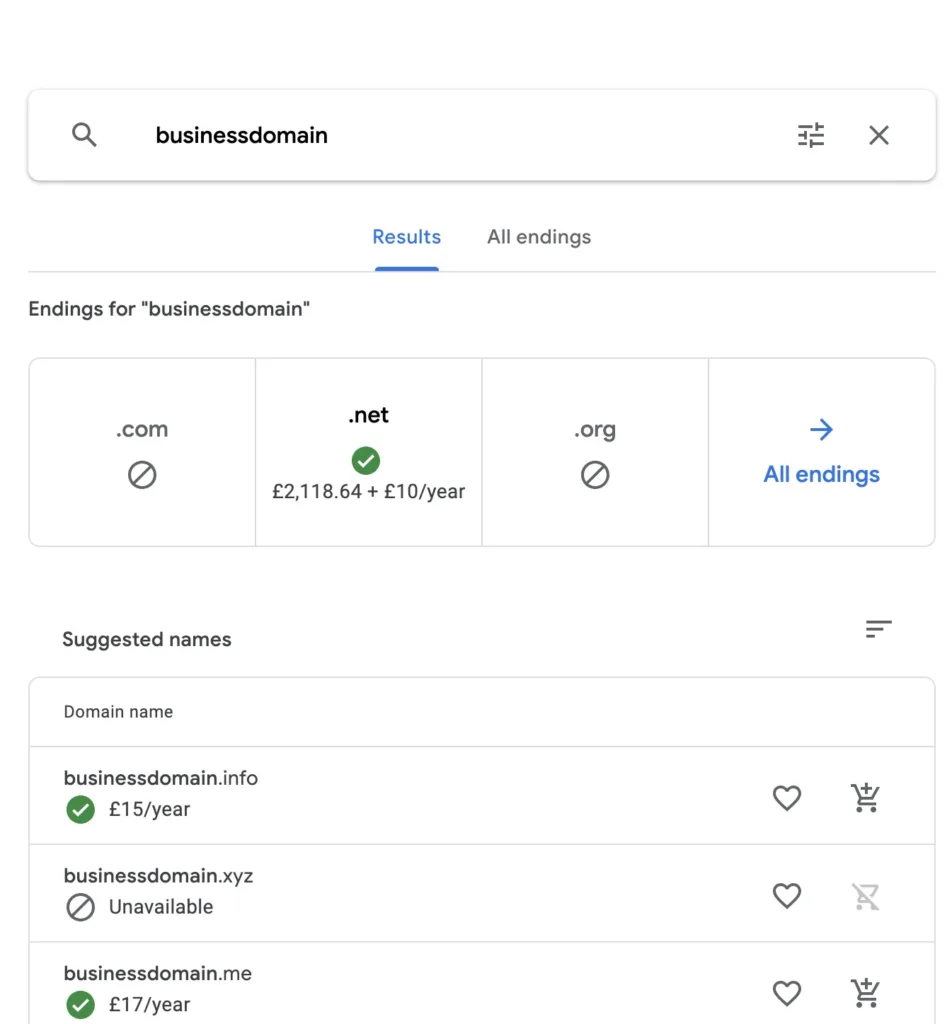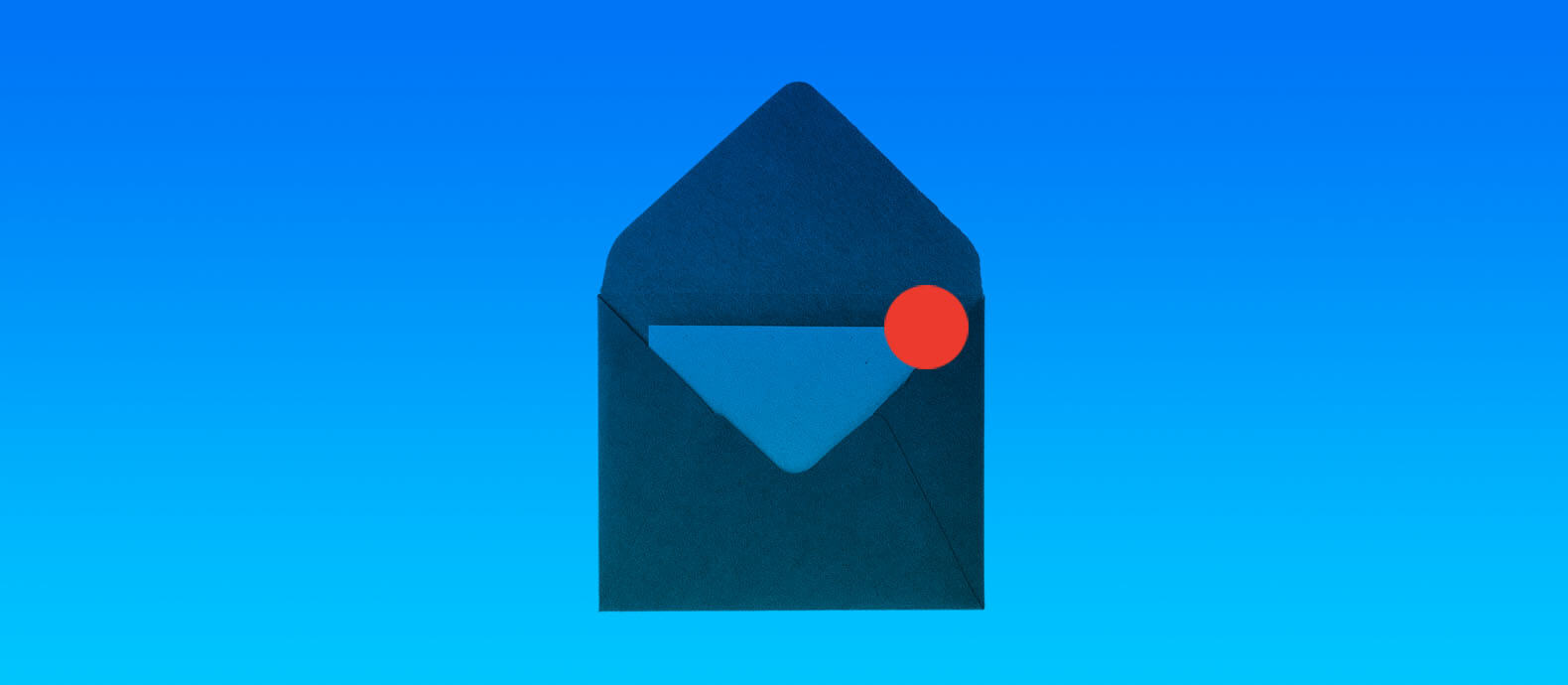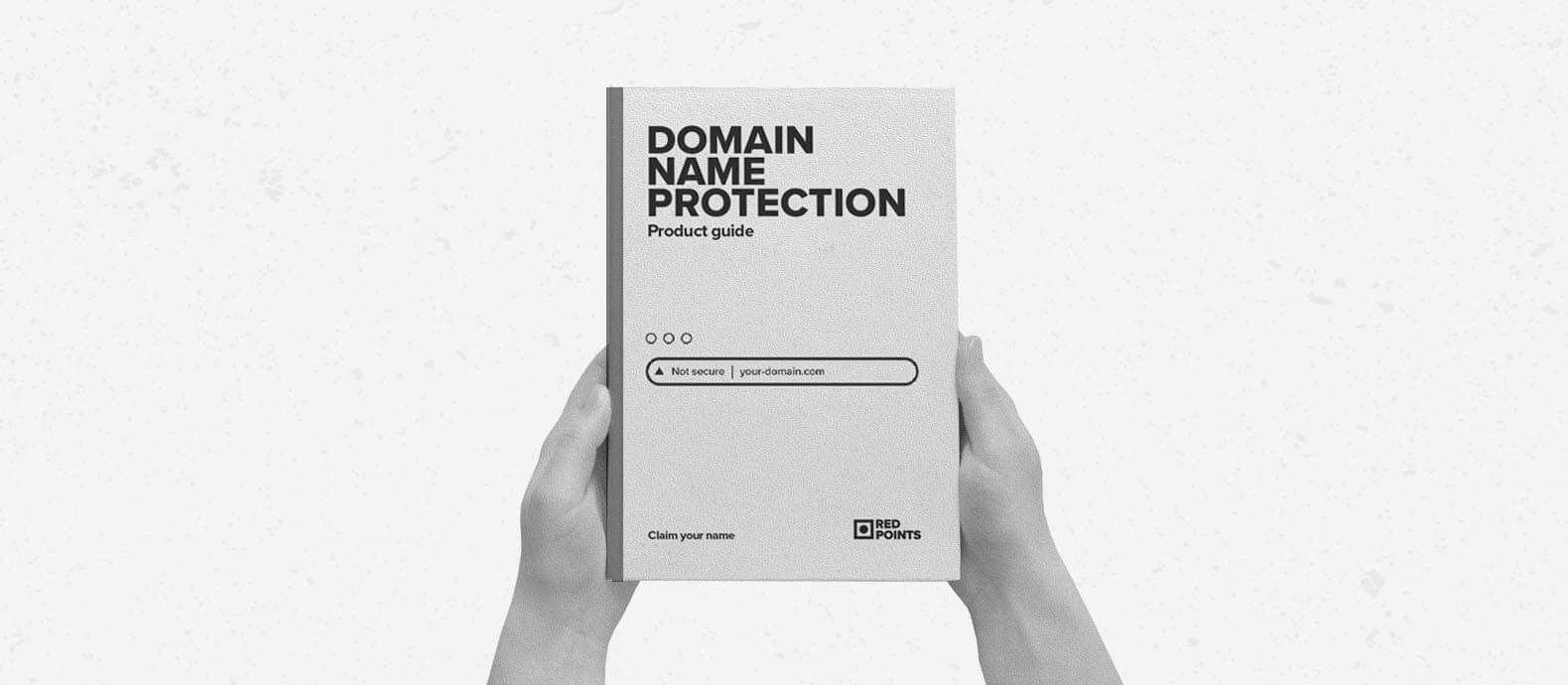In today’s digital world, it is vital for businesses to establish a strong online presence. If your brand is active and recognizable online it will be easier for you to make real connections with consumers and build excitement around your products and services.
One of the key steps to establishing a strong online presence is to claim a domain. So, what is the process of claiming a domain for your business? How can you choose and register a domain that will help your brand’s online presence? And, why is domain management an important part of solidifying your brand’s digital presence?
In this blog, we’ll be exploring how to successfully claim a domain and manage your online presence by delving into a few key topics, including:
- Understanding the process of claiming a domain
- Choosing and registering your ideal domain
- How to manage and secure your claimed domain
- How can Red Points assist your business with its domain management needs?

Understanding the process of claiming a domain
A domain name is a unique address used to access websites. Domain names are often easy to remember because they need to be used by consumers who want to find your website e.g. facebook.com or google.com. Today, there are over 351 million registered domain names but this number is constantly fluctuating.
Domain names are important identifiers in the digital world that signify status and make your website accessible to everyone who tech startup uses the web. The most popular top-level domain is “.com”. Over 52% of registered domains use “.com”, with the next highest market share being “.org” at 4.4%. Many also use country-specific domains like “.uk” (for the United Kingdom) and “.au” (for Australia).
The role of domain registrars in claiming a domain
The domain registrar is responsible for the process of updating the domain name registry whenever someone purchases a new domain name. They must be aware of which domain names are available and will provide customers with a search tool to discover which domain names are already taken.
Registrars are accountable for all domain names sold by their resellers. The Internet Corporation for Assigned Names and Numbers (ICANN) has a list of current ICANN-accredited domain registrars on their website. This is a helpful list to consult if you are considering claiming a domain for your business.
Choosing and registering your ideal domain
It is important to spend some time choosing your domain name to ensure that it will be successful. Here are a few things to keep in mind when choosing the ideal domain name:
- Make it short and easy to type. It should be easy to access your website and services. If you make your domain long and complicated you will make it less accessible and people simply won’t use it.
- Use keywords. Identify keywords that are associated with your brand and your industry. Keywords will increase the visibility of your domain among the complex system of web searches.
- Don’t use numbers or hyphens. Your domain should be easy to read and type. Numbers and hyphens are easily missed and will not fit neatly into an accessible domain name.
- Make it memorable. The value of a domain name is largely determined by how easy it is to remember, type and use it. If your domain is forgettable then it will quickly lose its value and fail to fulfill its purpose of directing consumers towards your brand’s website.
Step-by-step guide to registering a domain name
1. Choose your domain name
Using some of the tips we highlighted above, you should begin the process by choosing a domain name that suits your brand’s purpose. It should be short, easy to type, memorable and use keywords.
2. Check for availability
Most registrars and hosting services will have a free domain name search tool. You should make use of these tools to determine whether your chosen domain name hasn’t already been taken by someone else.
Some of the most popular domain search tools include Google Domains, Domain.com, Namecheap, Shopify, and GoDaddy. Domain names are universal. This means that if a domain name is unavailable via one service then it is unavailable from all of them. Thankfully, most of these tools will suggest similar available domains if you find that your chosen domain name is unavailable.
3. Choose a domain name registrar
The registrar is the service that reserves and registers the domain name on your behalf. There are over a thousand official accredited registrars. Some of the main ones are Google Domains, Domain.com, GoDaddy, Namecheap, Network Solutions, and Cloudflare. Ideally, you choose one that is accessible and well-supported.
4. Purchase and register your domain name
After choosing a name and a registrar you will then be ready to purchase and register your domain. You can make your purchase from a number of providers. For example, many businesses choose to purchase and register their new domain name with Google Domains.
This service, like many others of its kind, allows you to search for available domain names and see how much it would cost to purchase and register your chosen name. Then you select your preferred domain name, add it to your cart, and checkout. When you have received confirmation of your purchase this will mean that your domain name has been reserved and registered.

When you purchase a domain name for your business you will do so for a fixed period of time, usually one year. Therefore it is also important to take note of the date of expiry, pay attention to the domain name registration process and ensure that you renew your registration before it runs out and becomes purchasable for anyone.
What about your domain name extension?
There are so many domain name extensions, so how do you know which one is right for your business? Essentially, you should use the domain name extension that suits the purpose of your online presence.
For example, if you are a non-profit organization you need a .org or if your business only operates within certain countries you should choose a localized domain extension like .uk or .au.
Similarly, if you are a tech startup you might consider using .io or .tech.
If you run a blogging business you would maybe use .blog. Equally, if your business operates within a certain industry you might use industry-specific domain name extensions like .law or .bank.
How to manage and secure your claimed domain
Once you have registered your domain you now need to focus on managing that domain. This is an ongoing process that requires knowledge and vigilance.
Some best practices for domain name security include:
- Use a trusted domain registrar. Any of those we’ve listed above are large, established registrars with accreditation from ICANN. Ensure you choose a provider that has market experience and can guarantee stability
- Lock your domain through the domain name management system. This will help you protect against unauthorized changes.
- Select a strong password. The passwords you use with your registrar account must be extremely difficult to guess or steal.
- Register your domain name for the longest period available. Some registrars will allow you to register a domain name for a year while others will let you register for 10 years. If you forgot to renew your domain you may lose it. So it helps to have as few renewals as possible.
Some best practices for domain name management include:
- Claim similar domains. This is a vital part of domain name management. By claiming similar domains with similar spellings you will be able to limit the amount of consumers that arrive at the wrong website because they made a typo or a misspelling of your domain name. Equally, if you claim a domain name with a different country code you will also be able to expand your online business to those countries.
- Monitor for fake domains. Scammers use fraudulent domains to steal sensitive information and mislead consumers. You should manually monitor the presence of fake domains that may be trying to take advantage of your domain name or brand.
- Invest in an automated Domain Management Solution. Domain management is a constant process. It is therefore achieved more efficiently by an automated solution that monitors 24/7 and quickly acts against potential bad actors.
How can Red Points assist your business with its domain management needs?
Red Points’ Domain Management Software is a tool that can help your business with all its domain management needs. Our domain portfolio software enables us to detect, monitor and act against domains that take advantage of your brand and your customers.
Our domain management solution can help you via three simple steps:
- Detect
Within our platform, you can view an up-to-date historical list with all the domains registered using a trademark. You can then monitor and see all newly registered domains associated with your trademark. Our detection process is automated and constant to ensure that no infringers slip under the radar.
- Claim
You are then empowered to execute resolution processes to suspend, cancel or recover domains that may be impacting your online presence. You can send personalized requests and communicate with domain owners. Additionally, you can make transfer requests and submit complaints to the relevant administrative institutions.
- Manage
With our domain management software, you can secure your domain portfolio from external threats in a way that is efficient and cost-effective. You can identify gaps in your domain portfolio and quickly act to fill them. Red Points will then help you deal with any territorial administrative procedures and mediation processes that are relevant to your domains.
What’s next
If you want your brand to have a strong and accessible online presence you have to proactively claim and manage domains that you believe are relevant to your business. In choosing and registering your ideal domain you need to think about your customers and your brand’s identity. Then when you want to secure your claimed domain and protect yourself from bad actors you need to choose a smart, modern solution.
Red Points’ Domain Management Software will help you successfully manage your domains and protect your brand from being taken advantage of by bad actors. Through a robust system of detection, claims, and management you can secure your domain portfolio from external threats and establish a strong online presence for your brand.
To learn more about how Red Points can help your business with its domain management needs, request a demo here.







